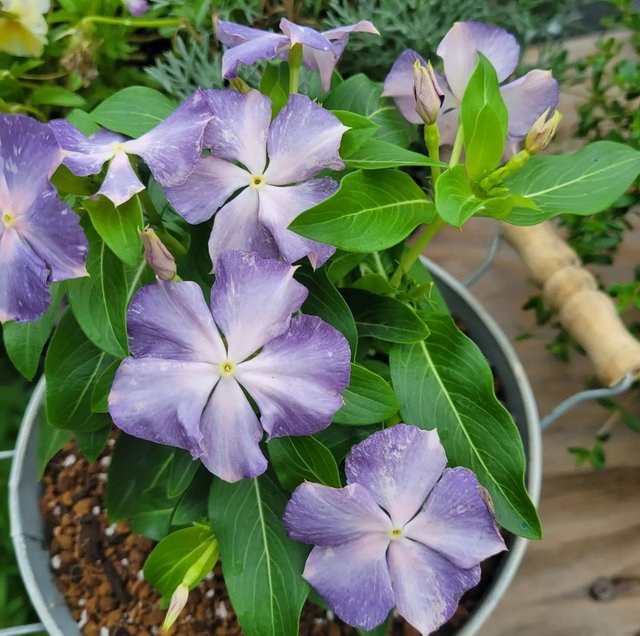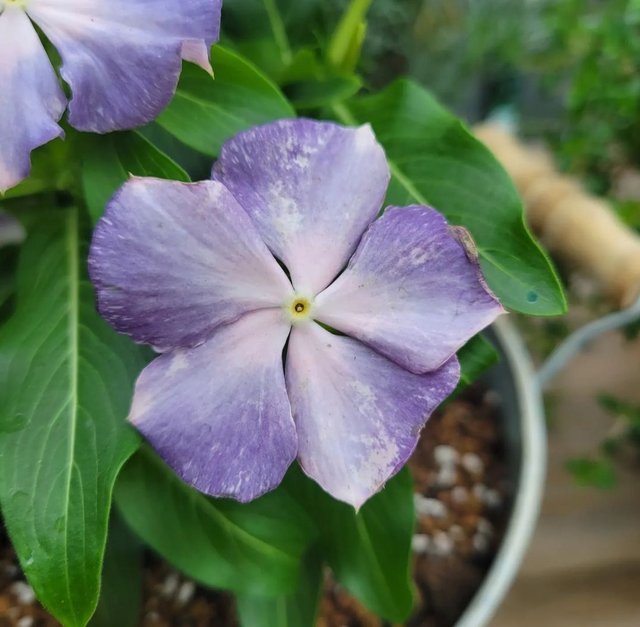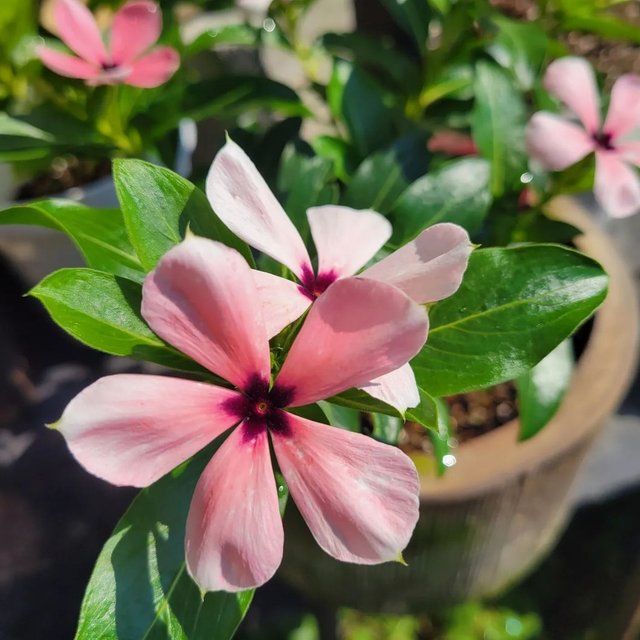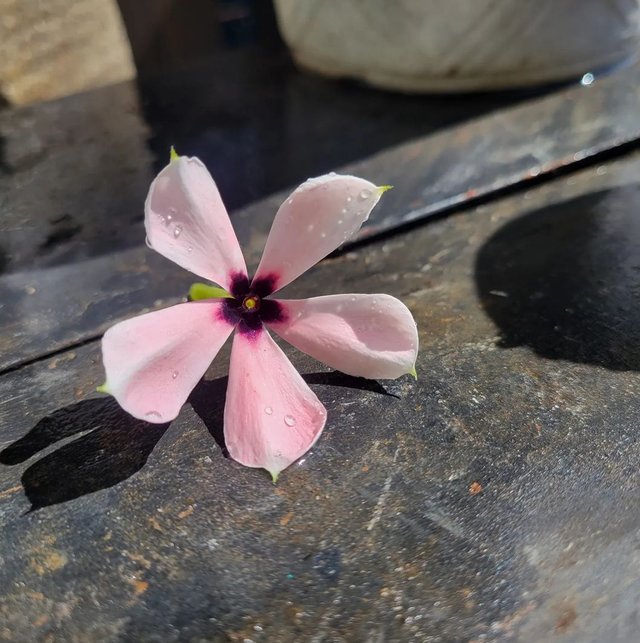Madagascar Periwinkle Flower




Tucked away in the lush landscapes of Madagascar lies a botanical treasure: the Madagascar Periwinkle flower, scientifically known as Catharanthus roseus. This exquisite flowering plant boasts not only mesmerizing beauty but also remarkable medicinal properties, making it a subject of fascination for botanists, herbalists, and medical researchers alike.The Madagascar Periwinkle flower is native to Madagascar, an island nation off the southeastern coast of Africa renowned for its rich biodiversity. It thrives in tropical and subtropical climates, where it can be found in forests, along roadsides, and in cultivated gardens. While it has been introduced to various regions worldwide, including Asia, Australia, and the Americas, its origins remain deeply intertwined with the vibrant ecosystems of Madagascar.
The Madagascar Periwinkle flower is characterized by its striking appearance, featuring vibrant blooms that range in color from white and pink to purple and red. Each flower typically consists of five petals arranged in a star-like pattern, with a contrasting center adorned with a cluster of yellow stamens. Its glossy, dark green leaves provide an elegant backdrop to the radiant blossoms, creating a visually captivating display.Beyond its aesthetic appeal, the Madagascar Periwinkle flower is renowned for its potent medicinal properties. The plant contains a diverse array of alkaloids, including vincristine and vinblastine, which have been harnessed for their anticancer properties. These alkaloids interfere with the growth of cancer cells, making them valuable components in the treatment of various forms of cancer, including leukemia, lymphoma, and Hodgkin's disease.
In addition to its anticancer effects, the Madagascar Periwinkle flower has been utilized in traditional medicine for centuries to treat a wide range of ailments, including diabetes, high blood pressure, and malaria. Extracts derived from the plant have demonstrated antidiabetic, hypotensive, and antimalarial properties, underscoring its significance as a natural remedy in the realm of healthcare.